ArulMurugan Ambikapathi
Classification Representations Can be Reused for Downstream Generations
Apr 16, 2020
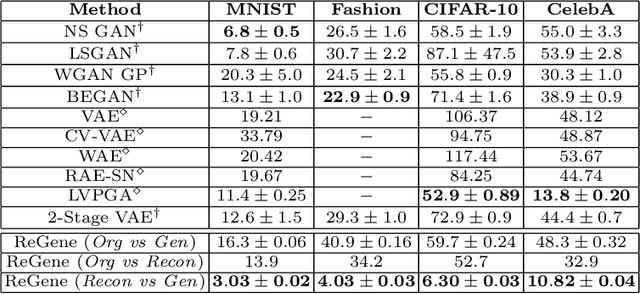
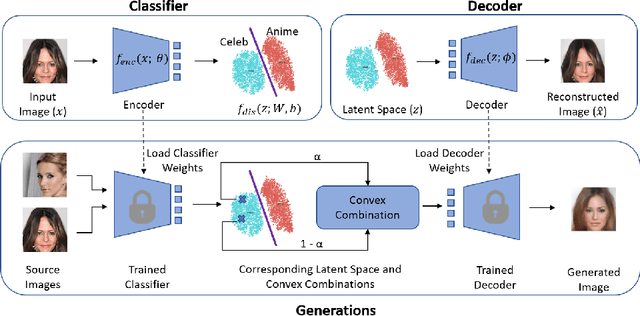

Abstract:Contrary to the convention of using supervision for class-conditioned $\it{generative}$ $\it{modeling}$, this work explores and demonstrates the feasibility of a learned supervised representation space trained on a discriminative classifier for the $\it{downstream}$ task of sample generation. Unlike generative modeling approaches that aim to $\it{model}$ the manifold distribution, we directly $\it{represent}$ the given data manifold in the classification space and leverage properties of latent space representations to generate new representations that are guaranteed to be in the same class. Interestingly, such representations allow for controlled sample generations for any given class from existing samples and do not require enforcing prior distribution. We show that these latent space representations can be smartly manipulated (using convex combinations of $n$ samples, $n\geq2$) to yield meaningful sample generations. Experiments on image datasets of varying resolutions demonstrate that downstream generations have higher classification accuracy than existing conditional generative models while being competitive in terms of FID.
Identifiability of the Simplex Volume Minimization Criterion for Blind Hyperspectral Unmixing: The No Pure-Pixel Case
Feb 26, 2015
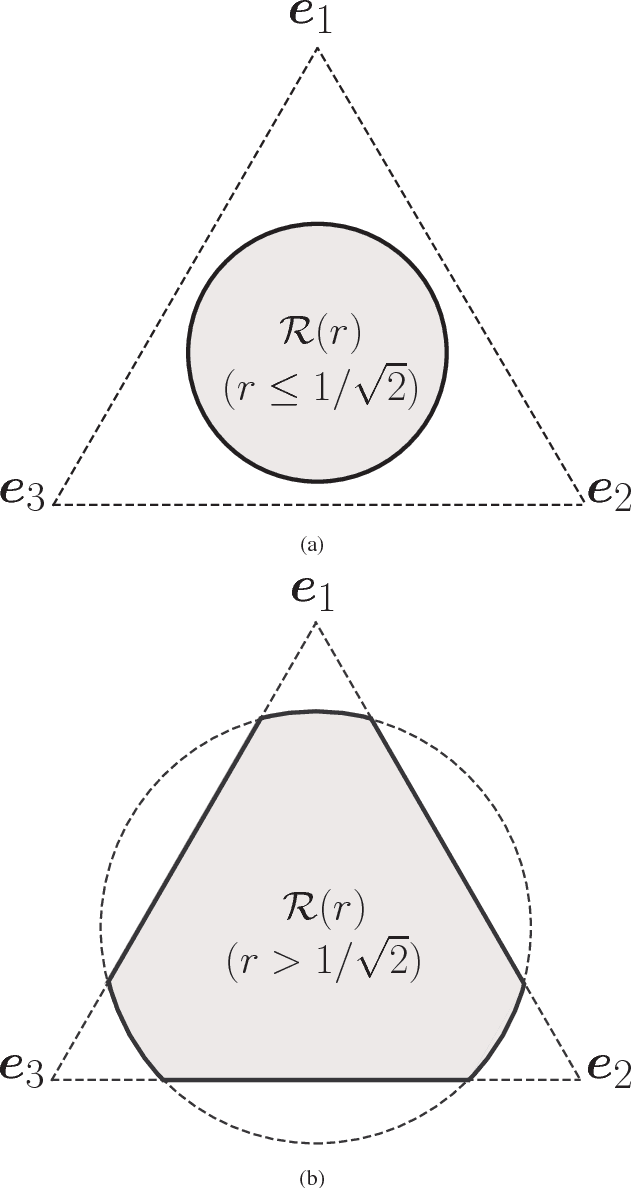
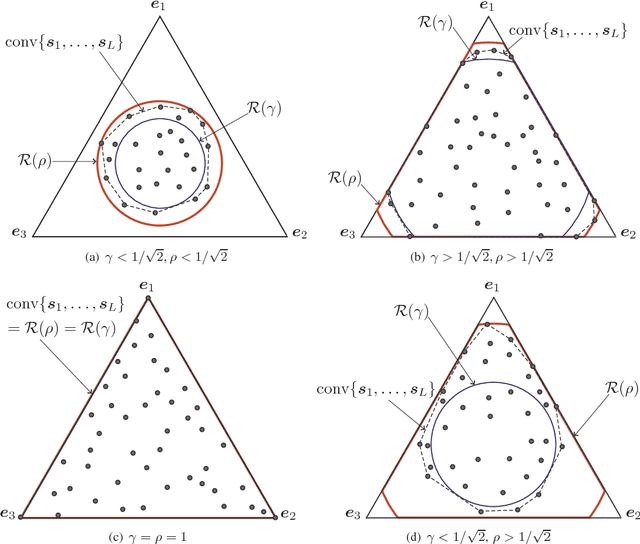
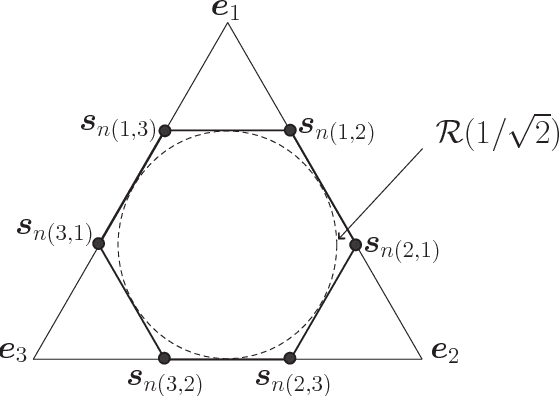
Abstract:In blind hyperspectral unmixing (HU), the pure-pixel assumption is well-known to be powerful in enabling simple and effective blind HU solutions. However, the pure-pixel assumption is not always satisfied in an exact sense, especially for scenarios where pixels are heavily mixed. In the no pure-pixel case, a good blind HU approach to consider is the minimum volume enclosing simplex (MVES). Empirical experience has suggested that MVES algorithms can perform well without pure pixels, although it was not totally clear why this is true from a theoretical viewpoint. This paper aims to address the latter issue. We develop an analysis framework wherein the perfect endmember identifiability of MVES is studied under the noiseless case. We prove that MVES is indeed robust against lack of pure pixels, as long as the pixels do not get too heavily mixed and too asymmetrically spread. The theoretical results are verified by numerical simulations.
 Add to Chrome
Add to Chrome Add to Firefox
Add to Firefox Add to Edge
Add to Edge